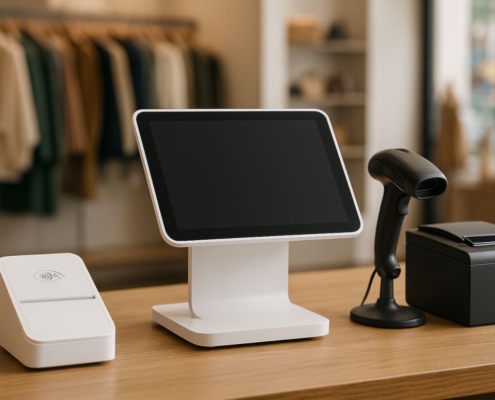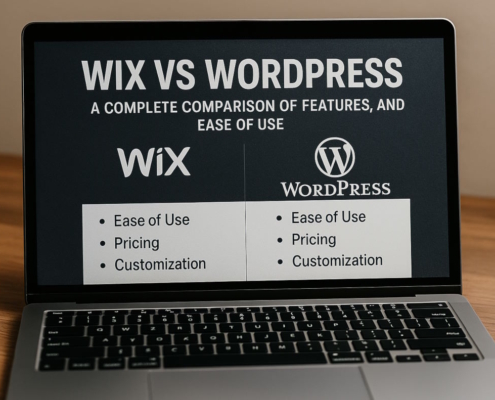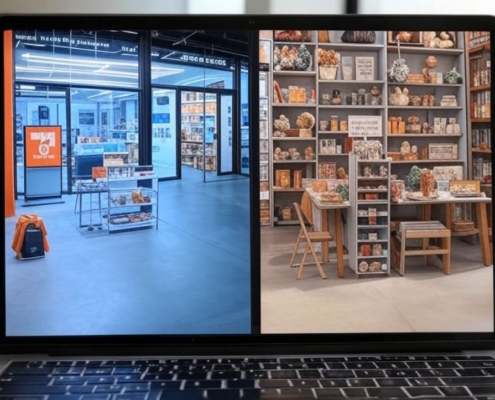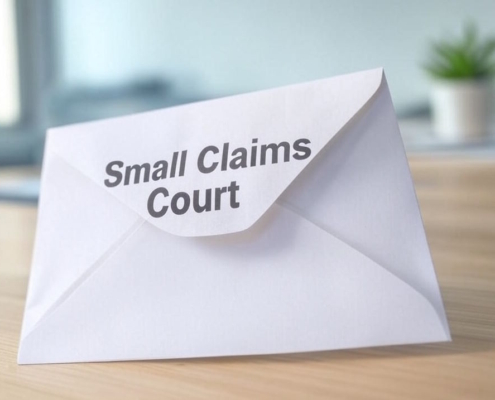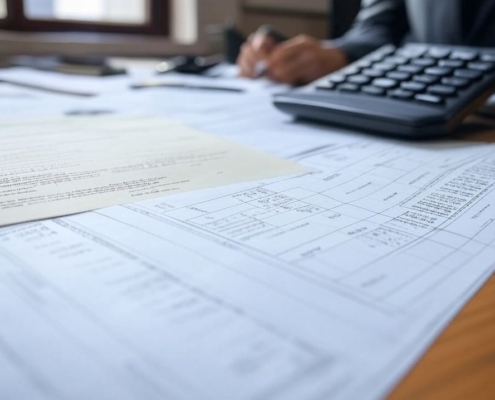Business Letter Example
Apple Picker Inc.
1234 Orange Ave. Los Angeles, CA 90001
January 3, 2025
Adam Smith
7899 Birch Street
San Diego, CA 92108
SUBJECT: Contract for 100 Ipad
Dear Mr. Smith,
I want to buy 100 iPad for $2 each. Please contact me at your earliest convenience.
Sincerely,
Brad Nakase, President
A Business Letter’s Components
If you are writing a business letter without using letterhead, this resource is arranged according to the proper business letter format, which starts with the sender’s address.
- Sender’s address
Conventionally, letterhead has the sender’s address on it. One line over the date at the top left of the letter, if you don’t utilize letterhead, should be the sender’s address. Because it appears at the end of the letter, avoid including the sender’s title or name. Simply state the city, zip code, and street address.
- Date
You write the date of the letter’s writing on the date line. Put the date it concluded in the date line, but, if your letter was finished within several days. The United States date convention should be used when writing to US-based companies. (The formatted date is placed one month ahead of the day according to a US-based norm. Use June 11, 2001, as an example.)
At a distance of 2 inches below the very top of the page, put the month, day, and year. Dates should be left-justified or tipped to the point of center and typed, depending on the style that your letter is in. Instead of using left-justified formatting, use a letterhead with the sender’s address included for the correct business letter format.
- Inside Address
The address of the addressee is the inner address. Writing to a particular person within the company is usually the best option. If you are unable to find the person’s name, try contacting the business or talking to some of its staff. Add a title of your choice, such as Mr., Mrs., Ms., or Dr. Observe a woman’s desire to be called Ms., Mrs., or Miss. When in doubt about a woman’s preferred method of address, use Ms.
Use the title that the recipient may have if you think they are a doctor or someone else with that title. Most people don’t mind being called by a title greater than their actual rank. Using the U.S. Postal Service Format, enter the address. For addresses sent abroad, type the country’s name on the final line in capitalized form. One line beneath the date is where the inner address starts. Regardless of the business letter format you choose, it must be left-justified.
- Salutations
Make sure that the interior address and the personal title are both the same name. It is appropriate to use just the salutation’s initial if you are familiar with the recipient and usually address them by that name (for instance: Dear Linda). Use their personal designation and last/family name, followed by a colon, in all other situations. After the salutation, keep one line unfilled. If you’re unsure of the reader’s gender, greet them with a nonsexist phrase like “work title” followed by the recipient’s name.
If the gender cannot be determined, it is also appropriate to include the entire name in a salutation. If you are uncertain about Alex’s gender, you could, for instance, write Dear Alex Harmon.
- Body
Each paragraph in the main portion of the letter should be justified to the left and single-spaced in block & modified block styles. After each paragraph, write a blank line. Always keep in mind that succinctness is crucial when composing a business correspondence. Imagine a cordial introduction followed by a summary of the primary idea in the initial paragraph.
Begin defending the significance of the primary point in the following paragraph. Provide more background data and evidence to support your argument in the paragraphs that follow. Reiterating the letter’s goal and, in certain situations, making a request for action is appropriate for the final paragraph.
- Closing
The last line of the body paragraph and the beginning of the closing are on the identical vertical axis as your date in a proper business letter format. Save four lines for the signature between the final phrase and the sender’s name, and capitalize only the first word (thank you, for example). The closing should be followed by a comma if the greeting was preceded by a colon; if not there isn’t any punctuation following the closing.
- Enclosures
You can simply mention that you included any papers with the letter—such as a resume—by entering Enclosures beneath the closing. List the names of the documents you are sending in the envelope if you would like. For example, it can be a sensible choice to include the recipients’ names if you have sent a lot of materials and want to make sure they are conscious of each one.
- Typist Initials
To identify who typed the letter, use their initials. Leave out the typist’s name if you prepared the letter yourself.
A word about font and format
- Block format
You have to be very careful about the structure and font you use when creating business letters. Block format is the most popular style for business letters. The whole letter is single-spaced and left justified in this format, with the exception of the double space that separates each paragraph.
- Modified block
Modified Block Format (MBF) is also used in a standard business letter format. The sender and recipient addresses, together with the letter content, are single-spaced and aligned to the left in this format. But for the closure and date, select the middle point and start typing.
- Semi-block
The semi-block style is the last and least utilized. Each paragraph has indentation rather than left justified, but otherwise, it is quite similar to the modified block style.
Remember that the formats that are required for professional communication vary depending on the company’s needs. The layout of the company letter might have to be flexible to account for factors like letterheads & templates, even though the OWL’s samples provide common characteristics for a typical company letter (genre standards). All we can do is follow our examples.
The Letter Wizard can help eliminate a lot of the uncertainty involved in designing business letters if your computer has Microsoft Office 2000 installed. Select Letter Wizard from the toolbar to open the Letter Wizard. When the date, sender’s address, and recipient’s address are entered into the chosen format, the Wizard will display the three styles that have been discussed thus far.
Only those who are familiar with the fundamentals of writing business letters should utilize Letter Wizard. Not every situation can use its templates. As a result, if you have any concerns or are dubious about the Letter Wizard’s correctness, you should go to a business writing manual.
- Font
The typeface has a significant impact on how readable a letter is as well. Although other typefaces, like Arial, can be used, Times New Roman at size 12 is the standard. Always keep your audience in mind while selecting a font. The use of Times New Roman might be appropriate if you have to write to a conservative firm. You have slightly more leeway when it comes to font selection, though, if you write to a liberal organization.
- Punctuation
Employ a colon (:) rather than a comma following the salutation and a comma (,) following the closing to indicate punctuation. A less popular type called open punctuation can also be used in certain situations. Punctuation follows the greeting and conclusion in this form.




















